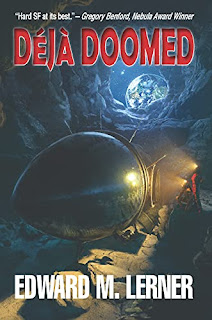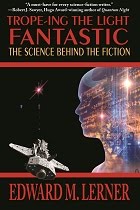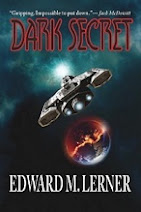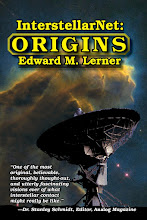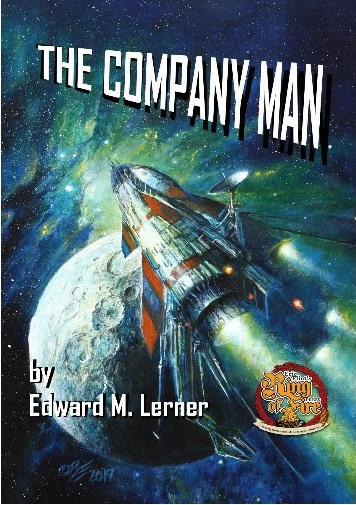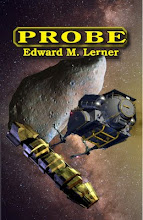And my fascination with matters astronomical continues. If you share my interest, you will want to read on.
 |
| Whistling in the dark (matter)? |
To date, not a single experiment has shed any light (
bon mot intended) on the nature of dark matter or dark energy. The former is invoked to explain certain otherwise inexplicable, and presumably gravitationally caused, behaviors (e.g., the orbital periods of stars in galaxies, and galaxies within clusters). The latter is invoked to explain the otherwise inexplicable increasing-with-time rate of the Universe's overall expansion. The rate of expansion is inferred from the observed red shifts of distant, hence seen in their distant pasts, "
standard candle" supernovae.
This lack of success in
understanding dark matter and/or dark energy is what makes the following -- very sketchy, so far -- article so provocative: "
Radical dark matter theory prompts robust rebuttals: The idea that dark energy and dark matter aren’t needed to explain the properties of the universe is meeting fierce opposition." Stay tuned.
And speaking of galaxies, what begins and ends their formation of stars? Again, there are lots of theories. Evidence? That's another matter. So I was delighted to read
this: "
We Just Got The First Direct Evidence That Supermassive Black Holes Control Star Formation." (How massive is
super massive? Oh, about a million times the mass of the Sun.)
Among astrophysicists, a popular exercise is explaining, as best they
can, the relative abundances and distributions of various elements and isotopes. (You
don't wonder about the abundance of aluminum-26 in the early Solar System? What's wrong with you?) And why is that? Because it is believed the explanation(s) is to be found in a deep understanding of the
mechanisms of the early Universe and, since then, such violent stellar
processes as supernovae. (Useful buggers, those supernovae. As long as
they don't happen in your neighborhood.)
 |
| In our Sun's beginning? (Image by ESA/Hubble) |
Where the above/dark-whatever item speculated about possible changes in cosmic attributes over time,
this item deals with a non-homogeneity in space. To wit: "
Our solar system may have formed inside a giant space bubble: This new theory explains the proportions of certain elements in the early solar system."
Experience teaches that any explanation at odds with the
Copernican principle merits skepticism. Still, nothing in astronomy
precludes local anomalies. In this case, the local "quirk" would be our Solar System having formed from, and within, the exploded remains of a onetime
Wolf-Rayet star (like the image immediately above). Bottom line: there's nothing definitive in this speculation, either ... just an intriguing idea.











